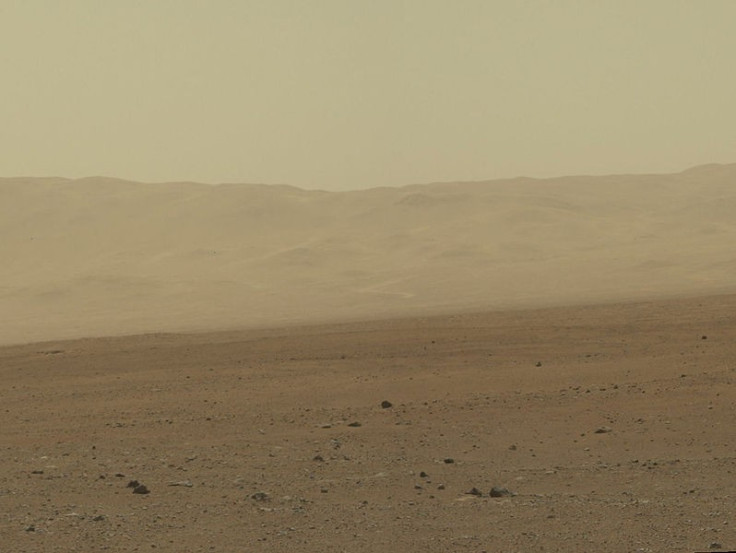Mexican Valley Cuatro Ciénegas Rocks Could Provide Clues to Life on Mars
Biological reserve in northern state of Coahuila has similar properties to red planet's Gale crater

A valley in Mexico has provided clues about the Martian crater currently being explored by NASA's Rover Curiosity, after similar rocks were found on both sites.
The biological reserve Cuatro Ciénegas, a valley in the northern state of Coahuila, has similar properties to the Gale crater on Mars.
Millions of years ago, fire and water formed gypsum rocks were then locked into the Mexican valley. Gypsum rocks are made up of sulphate mineral and are formed as the result of evaporating sea water in massive prehistoric basins.
Exploration of the Gale crater by NASA has also detected gypsum rocks. Scientists now believe that a large meteorite crashed into the planet's 'primitive sea'.
The presence of gypsum rocks on Mars indicates that water rich in minerals was present. It also shows that sulphur was able to form because of the meteor that caused the Gale crater.
Valeria Souza, evolutionary ecologist at the National Autonomous University of Mexico, said: "Cuatro Ciénegas is extraordinarily similar to Mars. As well as the Gale crater where Curiosity is currently located on its exploration of the red planet, this landscape is the home to gypsum formed by fire beneath the seabed."
Scientists have not yet been able to confirm tectonic movement on Mars.
However, the study of bacteria at Cuatro Ciénegas provides an insight into how species could survive in a place with so little nutrients, and has implications for how life could survive on the red planet.
Souza said: "This oasis in the middle of the Chihuahuan desert is a time machine for organisms that, together as a community, have transformed our blue planet yet have survived all extinctions. How they have managed to do this can be revealed by their genes."
One bacterium has adapted to live without nitrogen, while another can live with virtually no phosphorus.
"The bacterial communities have survived all types of cataclysms here such as the extinction of the dinosaurs or the majority of marine creatures. But the only thing they are not adapted for is the lack of water," Souza added.
Luis David Alcaraz, a Mexican researcher participating in the study from the Higher Public Health Research centre of Valencia, said: "Understanding the usage and exploitation strategies of phosphorus is necessary in understanding what could happen in extreme scenarios like on other planets where there is a possibly serious limitation to this and other nutrients."
© Copyright IBTimes 2025. All rights reserved.





















